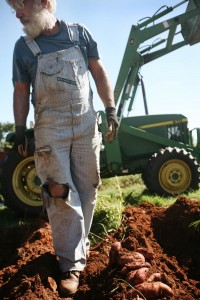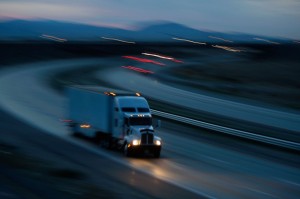 Sidwell Friends School is generating its own electricity from sunlight and reducing its impact on the environment and utility grid thanks to 224 new solar panels. The new 53-kilowatt system is the result of a unique partnership between the school, SolarCity and Common Cents Solar. The new solar system will generate clean solar electricity and create thousands of dollars in electricity bill savings for the school over its lifetime.”Solar electricity offers Sidwell Friends the environmental benefits of carbon free energy production, financial savings and rich teaching opportunities,” said Michael Saxenian, Assistant Head of School and CFO of Sidwell Friends School.
Sidwell Friends School is generating its own electricity from sunlight and reducing its impact on the environment and utility grid thanks to 224 new solar panels. The new 53-kilowatt system is the result of a unique partnership between the school, SolarCity and Common Cents Solar. The new solar system will generate clean solar electricity and create thousands of dollars in electricity bill savings for the school over its lifetime.”Solar electricity offers Sidwell Friends the environmental benefits of carbon free energy production, financial savings and rich teaching opportunities,” said Michael Saxenian, Assistant Head of School and CFO of Sidwell Friends School.
SFS worked with Common Cents Solar, a local non-profit that facilitates solar projects, to launch a program of community-based “solar bonds”. The bonds will be repaid over about ten years after which the SFS community members may donate the system to Sidwell Friends, providing free energy for the remaining life of the system, estimated at 20 years or more. In 2010, the school and CCS installed a 120-panel system on the SFS Lower School gym roof using a similar financing model.
“Nonprofits have an underutilized financial gem—their own dedicated community. Involving their community in the move to solar has a multiplying effect– exposure, sense of ownership, collective pride, increasing awareness of the viability of solar,” said Ketch Ryan of Common Cents Solar.“Schools can go solar today and start saving on utility bills tomorrow, and free up additional funds for student services,” said Leon Keshishian, Mid-Atlantic Vice President for SolarCity. “A lot of schools are feeling the budget crunch and solar can be an answer—I think a lot of school administrators would be surprised at how inexpensive and easy making the move to solar can be.”







